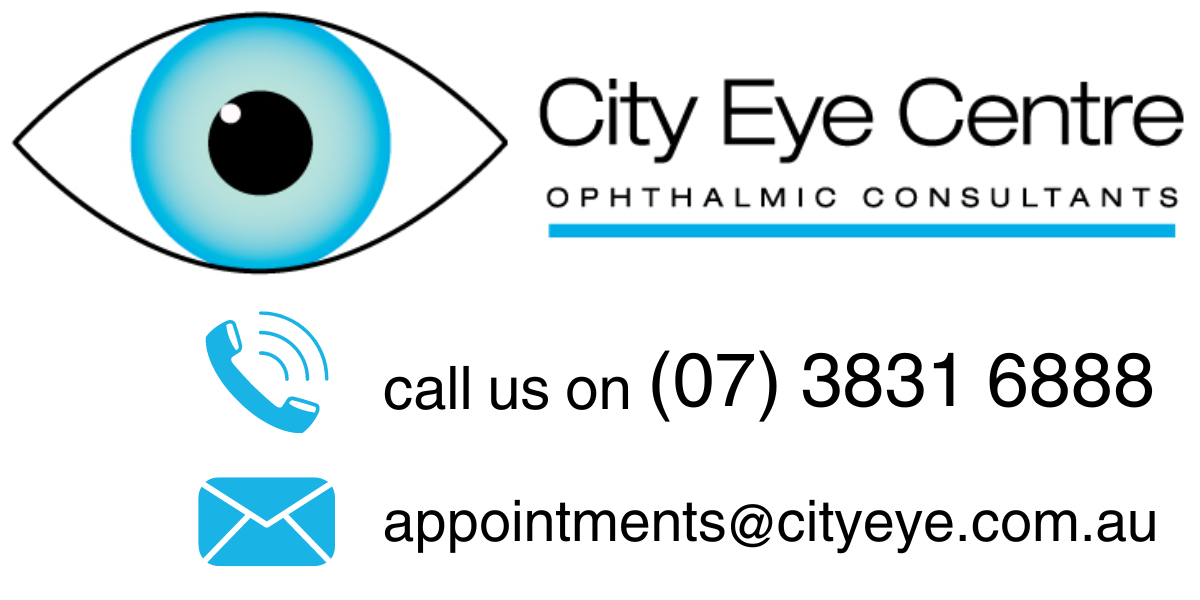RETINAL TEAR: CAUSES, SYMPTOMS AND TREATMENT
What is a Retinal Tear?
A retinal tear is a tear in the retinal lining. It occurs when the vitreous traction on the retina causes a rip, such as a tear in wallpaper. If left untreated, the tear may increase in size. The retina can begin to detach if the fluid from the vitreous leaks under the retina. This causes the retina to lift off, similar to wallpaper falling off a wall due to inadequate adhesion. There may also be some bleeding into the vitreous jelly.

What is the Most Effective Treatment For Retinal Tears?
Management for a retinal tear involves laser treatment. This is done in the consulting rooms. The laser beam causes a seal around the retinal tear. For some patients, it may be necessary to stop medication such as Aspirin or Warfarin that can cause further bleeding around the retinal tear. However, it is important to check with your doctor before stopping these medications.
Cryotherapy may be performed in conjunction with laser if the tear is too large for the laser treatment alone. This is performed in the operating theatre and is often done as a day procedure. The cryotherapy probe allows more powerful treatment to seal the retinal tear.
What is the Success Rate Of the Laser Treatment?
Laser treatment has a success rate of approximately 90 to 95%. Most retinal tears are effectively treated and usually do not require re-treatment. Some retinal tears may enlarge in size despite treatment and require further laser or cryotherapy. If a retinal detachment develops, then surgery will be required.
Post-operative Care
If you have had laser treatment for retinal tears, you should rest for approximately three days after the procedure. You should also avoid any heavy lifting or anything that may increase the blood pressure. If you suffer from hypertension, it is important to get this checked by your GP.
Following the laser treatment, your vision may be blurry and the eye may ache. This usually settles over a few hours. You may take analgesics such as Panadol or Panadeine. However, it is important to avoid aspirin.
You may still see flashes of light and floaters after the laser treatment. This should settle with time, but may take some weeks to months. In some cases, an occasional flash of light of floater may persist, which usually does not cause any problem.
How Much Time Should I Take Off Work?
Most patients take one to three days off work. If your work involves heavy lifting and straining, then a longer period of up to a week may be required.
Will I Need Follow-Up?
You will need to return for a follow-up appointment one week after the treatment. If there is an associated vitreous haemorrhage with a retinal tear, you may require closer monitoring. Once the retinal tear is treated, the vitreous haemorrhage should clear. However, it may still take up to several weeks to some months to fully clear. If you notice new floaters, this may indicate there is further bleeding from the retinal tear.
What Symptoms Do I Watch Out For?
You should watch out for any sudden onset of new flashes or floaters. It is important to watch out for loss of vision. Also watch out for impression of a curtain going up and down or moving sideways in your vision. These symptoms may signal a progression of the retinal tear, or development of a retinal detachment. If you have any of these symptoms, please contact City Eye Centre on (07) 3831 6888 as soon as possible.
